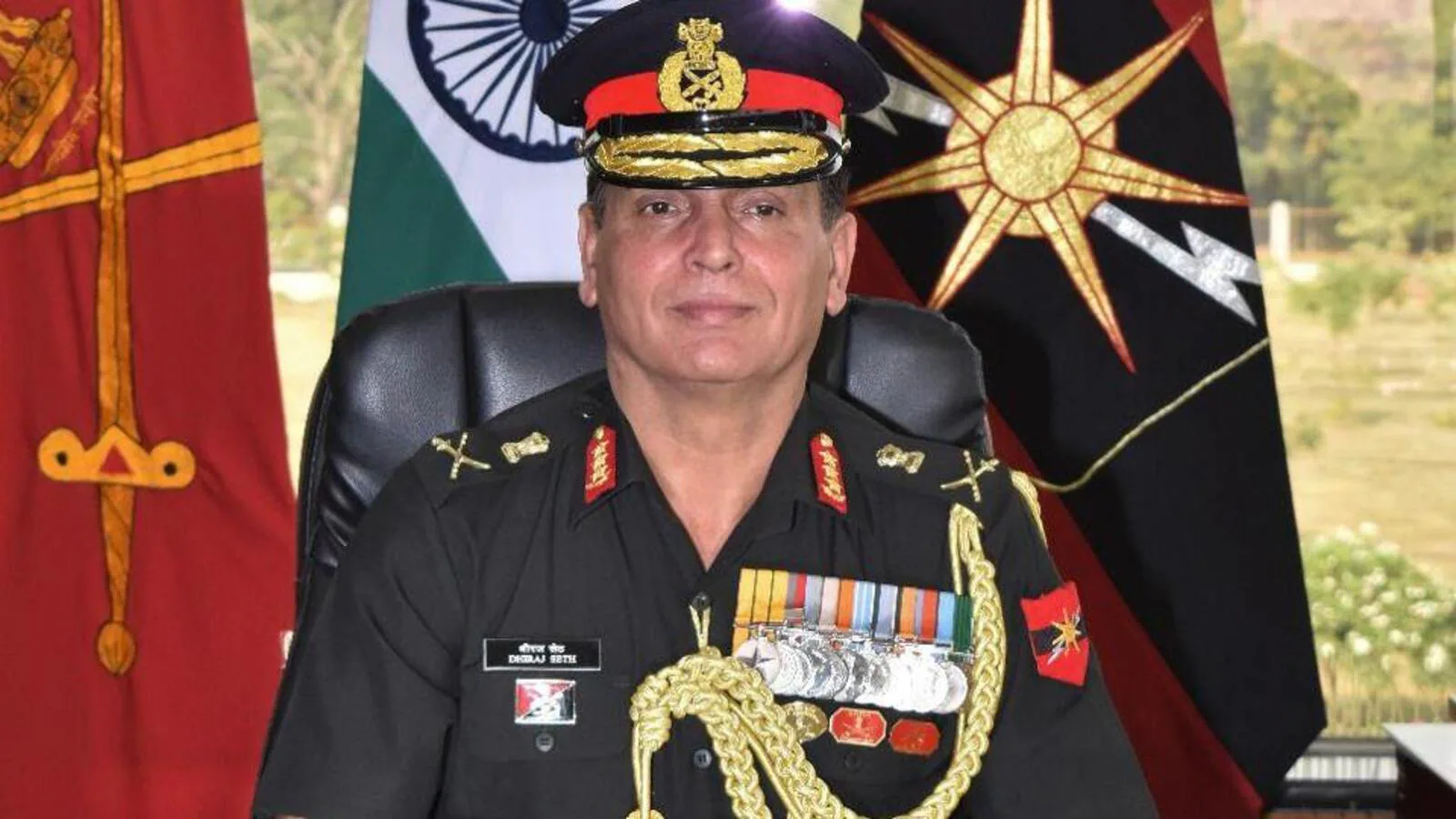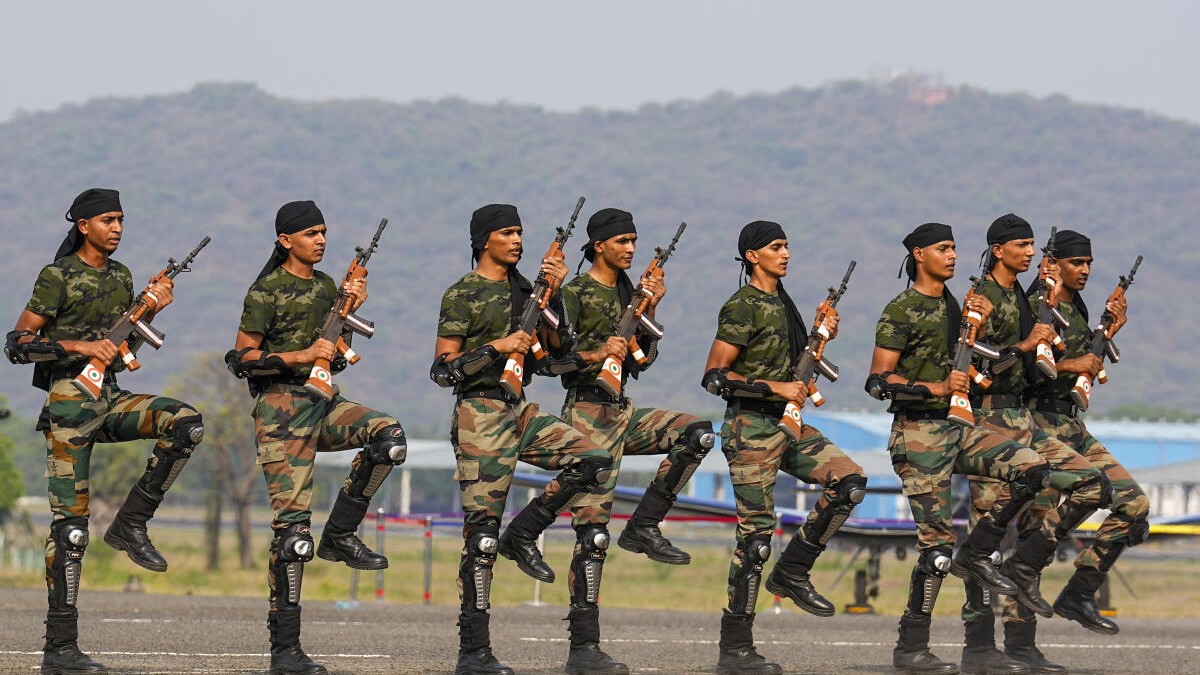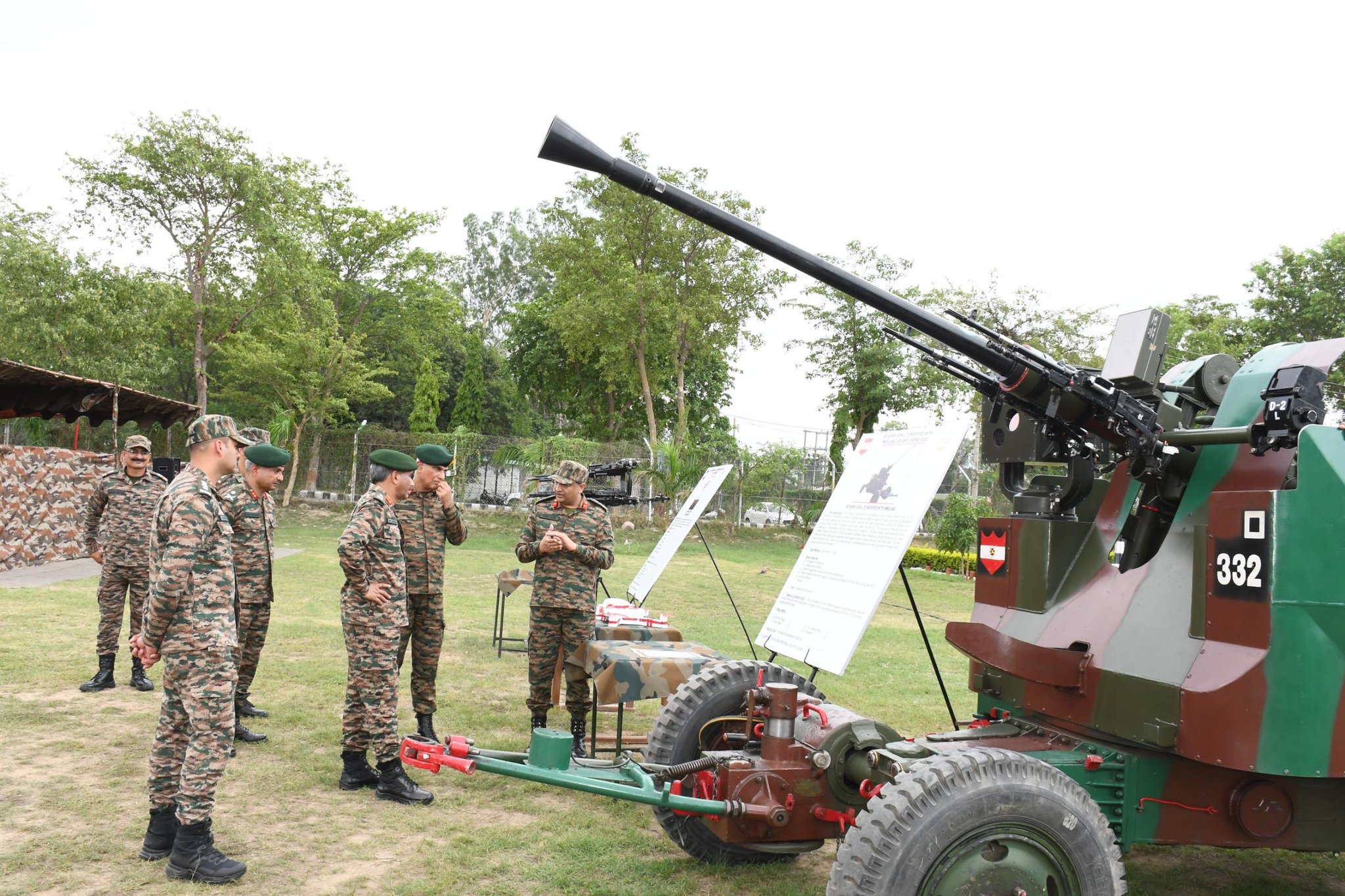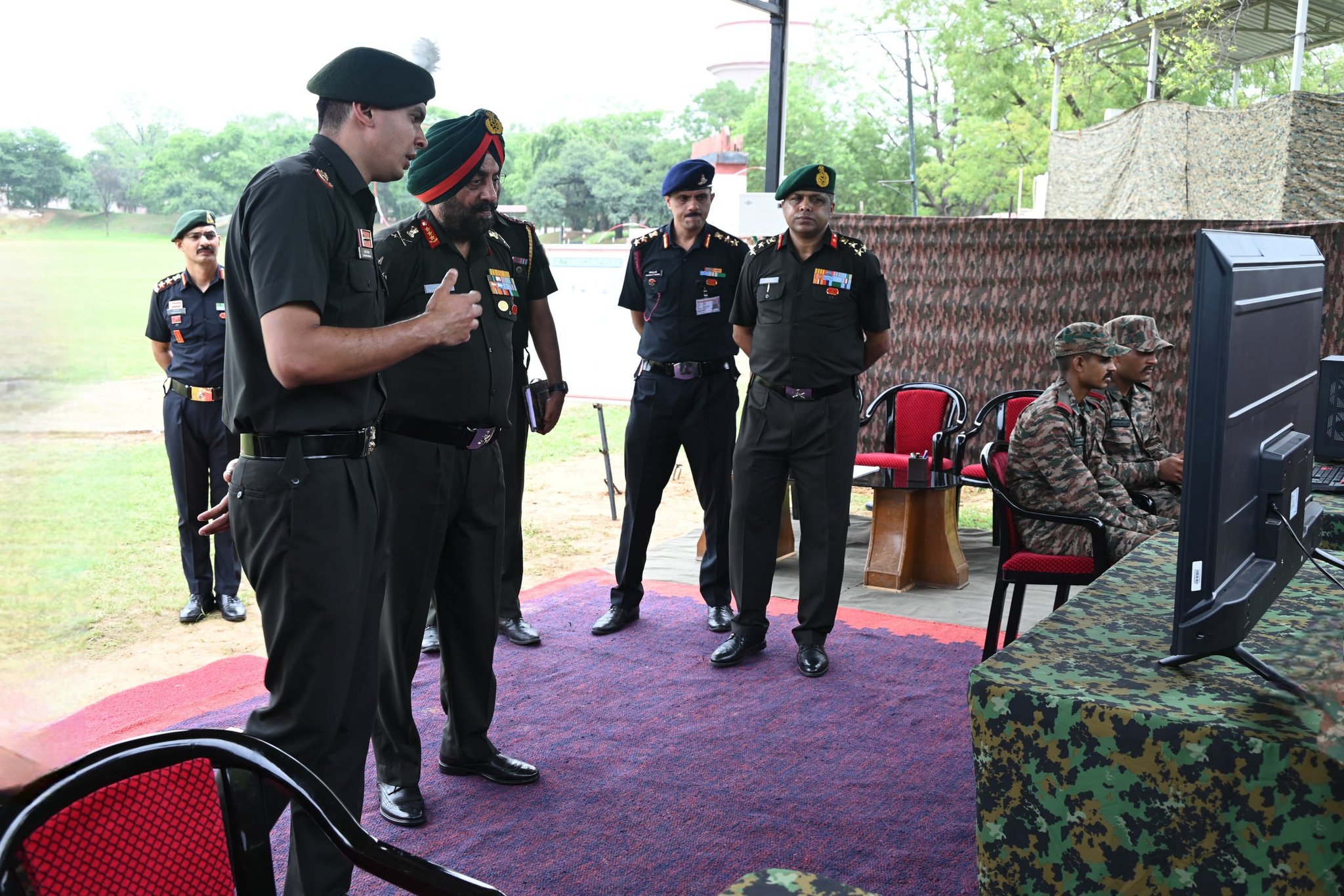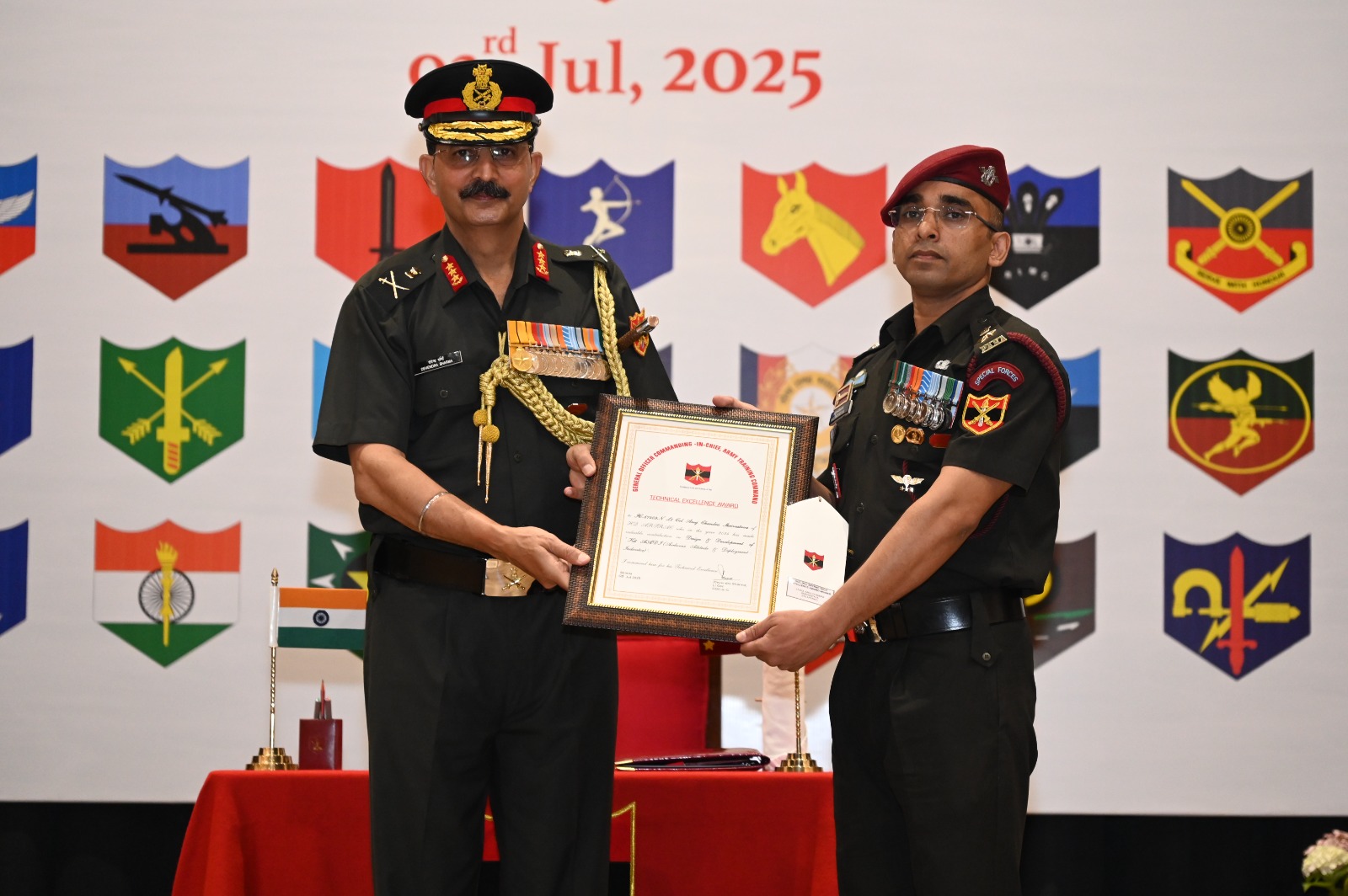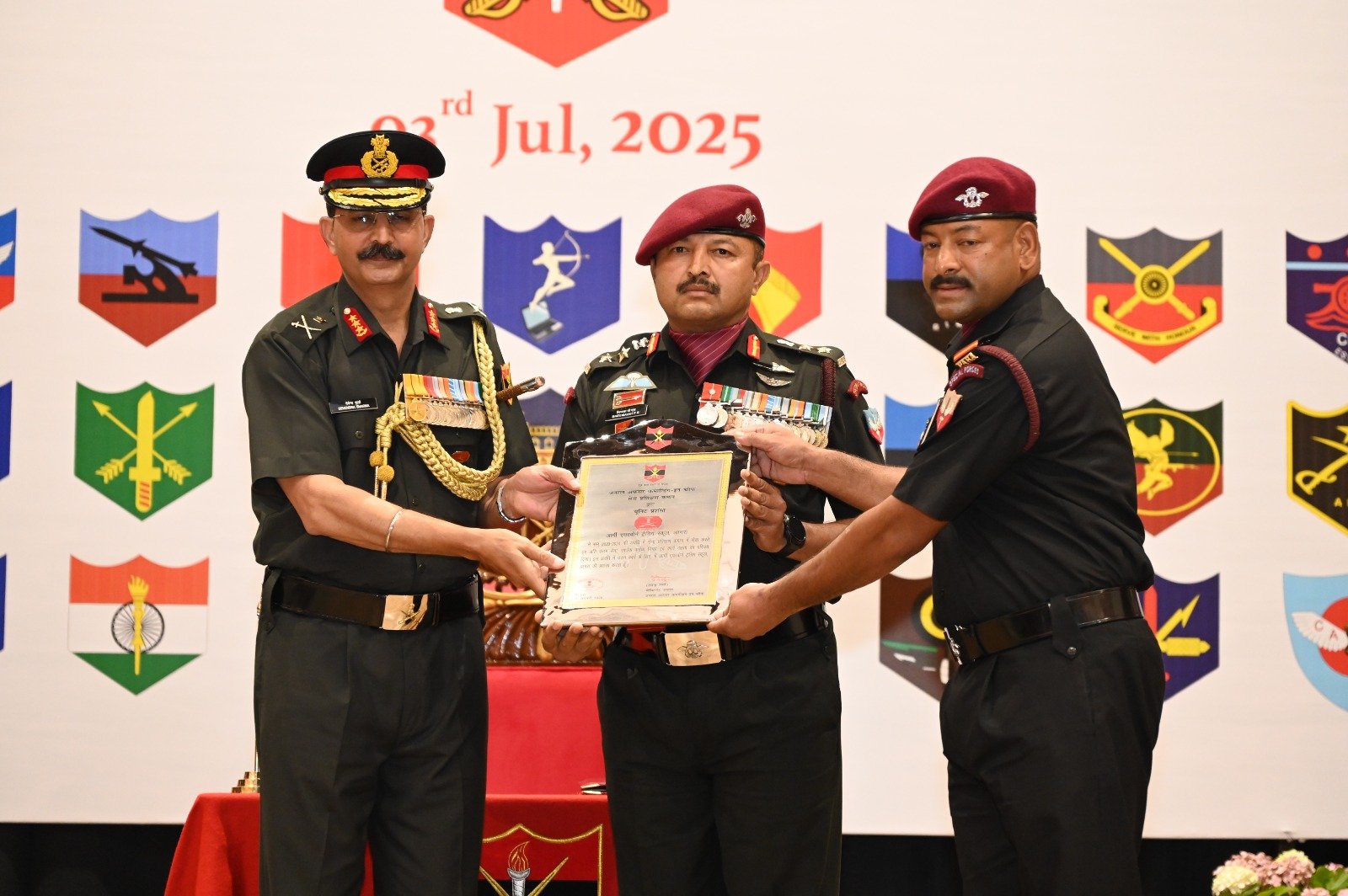AI-171 Crash in Ahmedabad Showcases Army’s Rapid Disaster Response, Says Southern Army Commander
Southern Army Commander Lieutenant General Dhiraj Seth has said that the Indian Army’s swift and decisive response to the Air…
Army Begins Third Evaluation of Agniveers for Permanent Induction
The Indian Army has commenced the third evaluation phase of Agniveer soldiers recruited in January 2023 under the Agnipath scheme.…
Lt Gen Manoj Katiyar Reviews Rising Star Corps in Punjab; Highlights Cutting-Edge Systems and Integration of Drone Swarms
In a strong display of preparedness and modernization, Lieutenant General Manoj Kumar Katiyar, General Officer Commanding-in-Chief of the Indian Army’s…
Lt Gen Manjinder Singh Reviews Combat Readiness of Tanot Brigade and Russell Vipers
Lieutenant General Manjinder Singh, Army Commander of the Sapta Shakti Command, conducted a critical review of the operational readiness of…
Army Training Command Investiture Ceremony 2025: Excellence Awards Recognise Innovation and Digital Transformation
The Army Training Command (ARTRAC) held its prestigious Investiture Ceremony in Shimla today, where Lieutenant General Devendra Sharma, General Officer…
Army Training Command Investiture Ceremony 2025: GOC-in-C Unit Citations Awarded for Training Excellence
In a ceremony held at the Army Training Command (ARTRAC) headquarters in Shimla, Lt Gen Devendra Sharma, General Officer Commanding-in-Chief…

